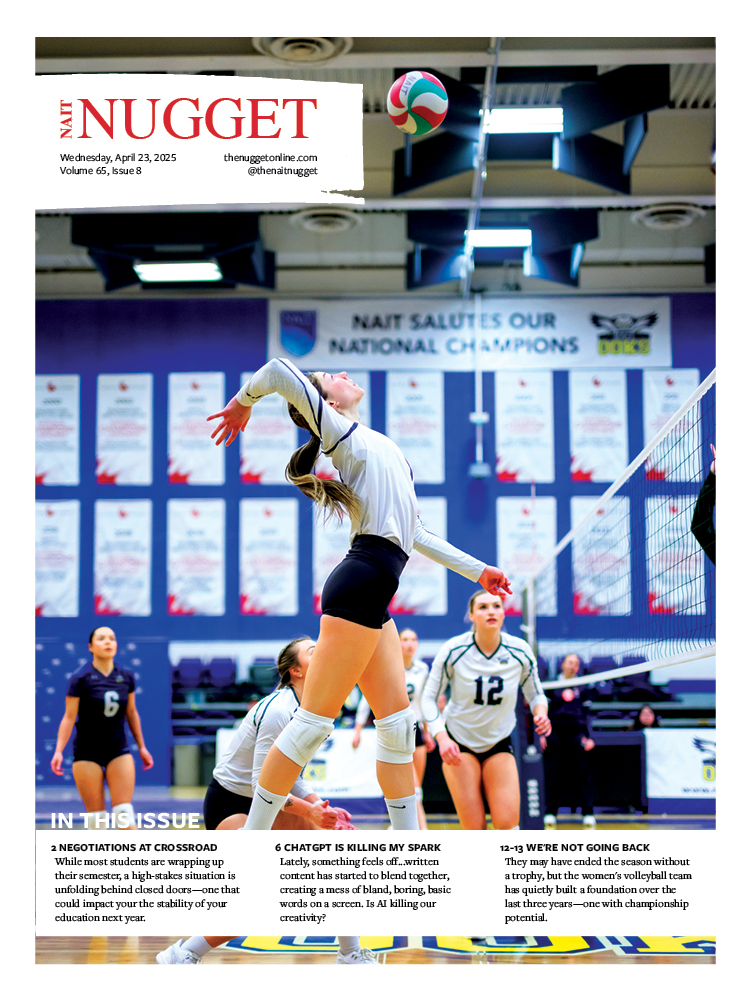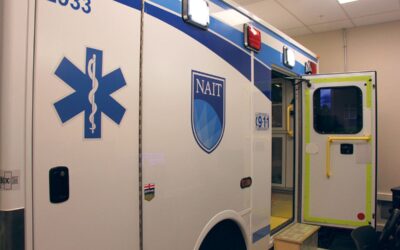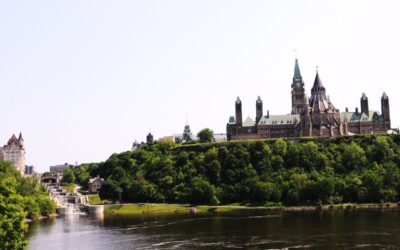The aurora, also known as the northern or southern lights, is a phenomenal natural light show that illuminates the night sky with vibrant colors and swirling patterns. In the northern hemisphere, it’s known as the aurora borealis, and in the southern hemisphere, it’s called the aurora australis. These colorful light shows are mostly visible near the Earth’s poles, places such as Alaska, Canada, Norway and parts of Antarctica. The aurora usually appears in shades of green, red, and purple, sometimes mixing with pink, blue, or even white for a unique sight. While the aurora can appear faint to the naked eye, a phone camera with night mode can help capture its beauty. But what causes this captivating phenomenon? The science behind the aurora actually reveals something amazing: evidence that our planet is electrically connected to the Sun.
What is the Science behind the Aurora?
Let’s jump back to some grade school science! Remember electrons? Those tiny, negatively charged particles that move around atoms? According to the Canadian Space Agency, “auroras occur when these charged particles launched along Earth’s magnetic field collide with gases in Earth’s upper atmosphere.” Our magnetic field is an invisible layer that protects the earth from space particles, gases and solar wind generated by the sun. The Centre for Science Education explains that “these particles bounce from the North Pole to the South Pole and back again, transferring energy to molecules in Earth’s atmosphere as they go.” In other words, the interaction between the electrons transfers energy, which then causes the gasses to release small bursts of light, which creates the glowing, colorful light show we call the aurora.

Now that you know how the aurora forms, how about the colours it produces? It really depends on the type of gas it interacts with and how high it is in our atmosphere. Oxygen gives off green or red light, while nitrogen can create purple, blue, or pink colors. Typically, auroras are visible at altitudes between 100 and 400 kilometers (60 to 250 miles) above Earth’s surface.
Where and When Can You See an Aurora?
Auroras primarily occur in ring-shaped areas near the Earth’s North and South Poles, known as auroral ovals. In the northern hemisphere, this includes regions like Alaska, Canada, Greenland and parts of northern Europe and Asia, while in the southern hemisphere, they can sometimes be seen from New Zealand, Chile and parts of Australia. Interestingly, auroras are often visible closer to the poles, and during strong solar events, the auroral oval can expand, allowing the lights to be seen much farther away, even reaching areas like the northern United States or central Europe.
To maximize your chances of seeing an aurora, aim for clear, dark nights away from city lights and pollution. Any rural area works! While the aurora is always active, it’s usually too dim to notice during the day. The best viewing occurs during winter nights, particularly before midnight when the sky is at its darkest.
In places near the auroral ovals, like Alaska and Canada, auroras can be spotted almost every winter night. However, in places further from the auroral ovals, sightings may only happen a few times a year, often following strong solar storms.
Why is the Aurora Special and Problematic?
Auroras are more than just a work of mother nature. They’re also a reminder of the powerful, unseen forces connecting our planet with the sun. Intense Aurora events can create geomagnetically-induced currents, or GICs, which disrupt the flow of electricity along power lines. This may lead to electrical outages and even blackouts, where the power supply temporarily drops. In a society like ours, where we’re very reliant on technology and electricity, this would be catastrophic!
So next time you look up at the northern or southern lights, you’ll know it’s a stunning result of energy and the natural particles in our atmosphere working together to create a glistening display, with a bit of trouble hidden in the beauty.
Cover photo by Skylar Boissonnault






